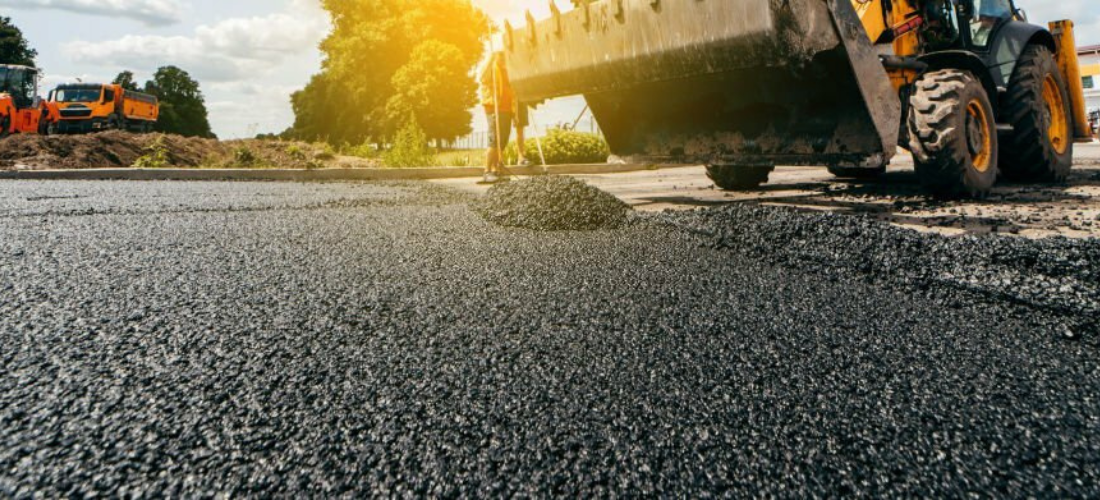Our road networks play a crucial role in facilitating transportation, commerce, and daily life. To ensure their safety and longevity, various types of road maintenance are performed regularly. In this comprehensive guide, we will delve into the world of road maintenance, providing an overview of the different types of maintenance activities that keep our roads in good condition.
1. Routine Maintenance:
Routine maintenance involves everyday tasks to keep roads safe and functional. It includes activities like:
-Pothole Repair: Filling and patching potholes to prevent road damage and ensure a smoother driving surface.
Roadside Cleanup: Clearing debris and litter from roadways, shoulders, and medians.
Signage and Marking Maintenance: Maintaining road signs, lane markings, and traffic signals to ensure visibility and safety.
2. Preventive Maintenance:
Preventive maintenance is designed to prolong the lifespan of road infrastructure by addressing minor issues before they become major problems. It includes:
Sealcoating: Applying a protective layer to the road surface to seal cracks and prevent water infiltration.
Crack Sealing: Sealing cracks in the road surface to prevent moisture penetration and further damage.
Routine Inspections: Regular assessments to identify and address minor issues like damaged guardrails, faded signage, and erosion.
3. Corrective Maintenance:
Corrective maintenance focuses on addressing specific issues that have developed over time. Activities include:
Resurfacing: Applying a new layer of asphalt or concrete to repair and rejuvenate road surfaces.
Rehabilitation: Extensive repairs to address structural issues in the road, such as rebuilding a deteriorating bridge or widening lanes.
Reconstruction: Complete removal and replacement of road sections that have exceeded their lifespan.
4. Emergency Maintenance:
Emergency maintenance is performed in response to unforeseen events that pose immediate threats to road safety. It includes:
Storm Damage Repair: Clearing debris, fixing flood damage, and restoring road access after natural disasters.
-Traffic Incident Management: Addressing accidents, vehicle spills, and other traffic-related emergencies to ensure safety and efficient traffic flow.
5. Winter Maintenance:
Winter maintenance activities are essential in regions with harsh winter conditions. These include:
Snow Removal: Plowing and removing snow and ice to maintain road accessibility during winter.
De-icing: Applying salt, sand, or chemicals to reduce ice formation on road surfaces.
6. Vegetation Control:
To prevent overgrowth and maintain visibility, vegetation control activities include:
Mowing: Cutting grass and weeds along road shoulders and medians.
Tree Trimming: Pruning or removing trees that may pose a hazard to road users.
7. Roadside Drainage Maintenance:
Proper drainage is crucial for road longevity. Activities include:
Culvert Cleaning and Repair: Ensuring that culverts are clear and functional to prevent flooding.
Ditch Maintenance: Cleaning and shaping road ditches to direct water away from the road.
8. Bridge Maintenance:
Bridge maintenance is essential for the safety of road users. It includes inspections, repair of structural elements, and rehabilitation of bridges and overpasses.
Conclusion: The diverse types of road maintenance activities serve a common goal: to keep our road infrastructure safe, accessible, and in good condition. From routine inspections and minor repairs to major rehabilitation and emergency response, each type of maintenance contributes to the overall functionality and longevity of our road networks. As our transportation networks continue to evolve, a thorough understanding of these maintenance activities becomes increasin

